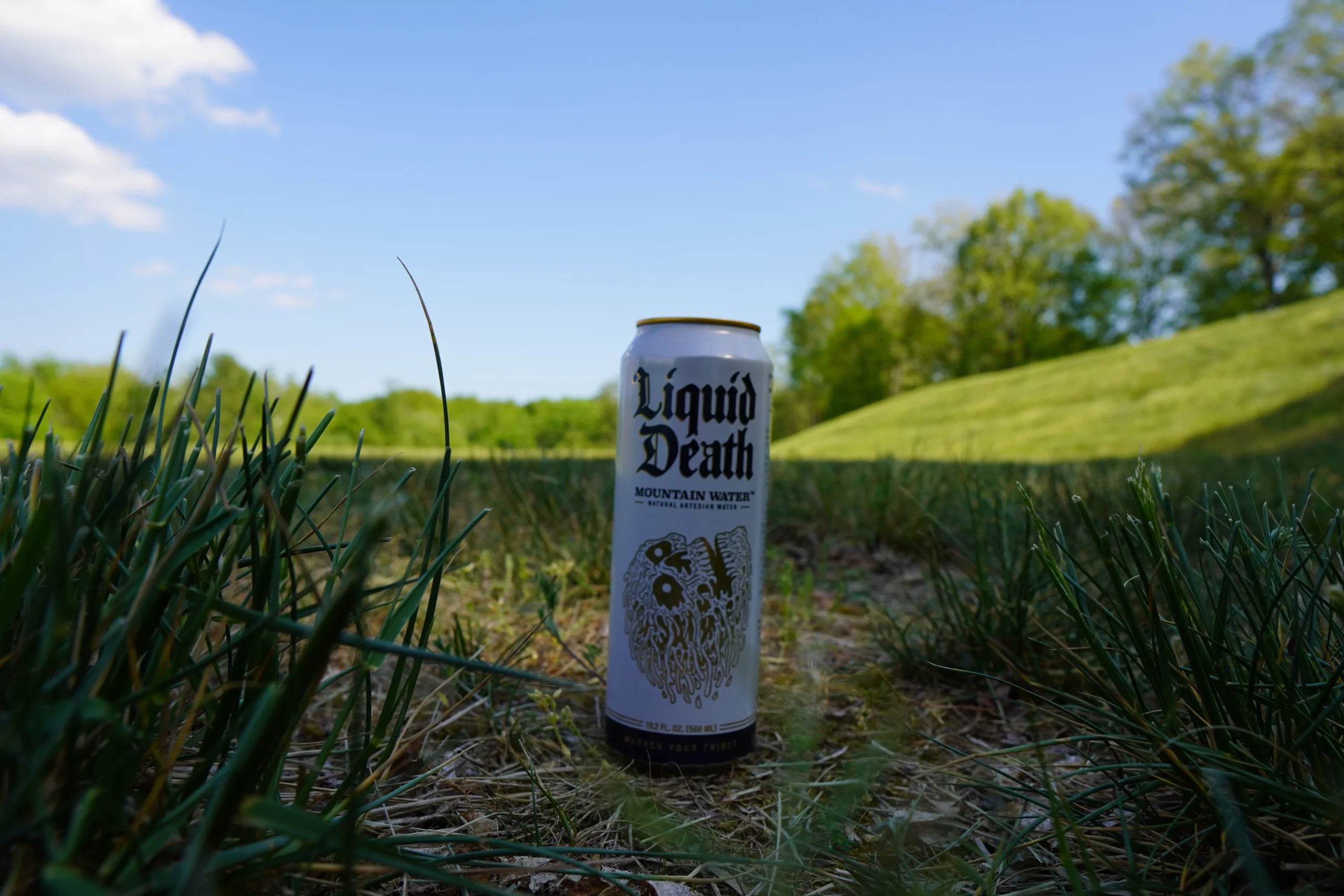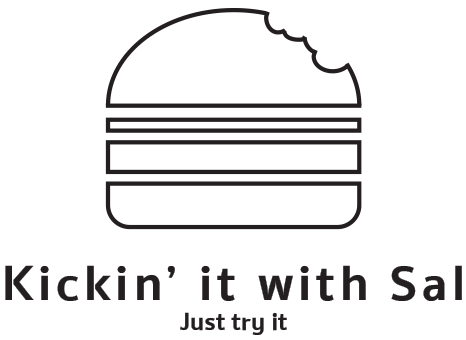In the food and beverage industry, where competition is fierce and consumer preferences are constantly evolving, Liquid Death has managed to stand out from the crowd by challenging traditional branding strategies and embracing a bold, unhinged approach. Liquid Death, a startup beverage company led by founder Mike Cessario, has disrupted the water industry with its innovative marketing tactics and commitment to environmental sustainability.
Unhinged Branding Strategies
At a valuation of 1.4 billion dollars and sales reaching 263 million, with distribution across 113,000 retail locations in the US and UK, Liquid Death has proven the effectiveness of its unconventional branding strategies. Unlike many food and beverage startups that rely on ingredient branding or traditional marketing tactics, Liquid Death has taken a decidedly different approach.
#MurderYourThirst | Liquid Death
Liquid Death’s bold marketing campaign, centered around the hashtag #MurderYourThirst, has captivated consumers and garnered widespread attention. By marketing water as the deadliest thing on earth, Liquid Death has challenged traditional notions of beverage branding and created a unique selling proposition that resonates with consumers. Liquid Death has cultivated a loyal fanbase that identifies with its rebellious spirit and shares its passion for making a positive impact on the world

Environmental Impact
But Liquid Death’s branding is also rooted in a deeper purpose: to fight climate change. By bottling water in aluminum cans and promoting the hashtag #Deathtoplastic, Liquid Death is making a positive impact on the environment while providing consumers with a sustainable drinking option.

Liquid Death Entertainment Content
In addition to its disruptive marketing tactics, Liquid Death has also excelled in creating engaging content that resonates with its target audience. With a following of 3.2 million on Instagram and 5.2 million on TikTok, Liquid Death has built a loyal fanbase by leveraging social media platforms to create entertaining and outrageous content.




The Pitfalls of Ingredient Branding
Liquid Death has strategically avoided ingredient branding by prioritizing its marketing approach over highlighting specific ingredients or components of its product. Unlike many food and beverage brands that rely on promoting a particular ingredient or component as a brand in its own right, Liquid Death has chosen to focus on creating a strong brand identity through its disruptive marketing tactics.This approach acknowledges the inherent limitations of ingredient branding in the food and beverage industry, where ownership of formulas is limited and competitors can easily replicate strategies. Instead, Liquid Death has differentiated itself by leveraging engaging content and bold branding initiatives to connect with its audience and drive brand loyalty.
In contrast to many food and beverage brands that rely on ingredient branding to differentiate themselves in the market, Liquid Death has consciously avoided this approach. Ingredient branding, which involves promoting a specific ingredient or component of a product as a brand in its own right, has become increasingly common in today’s competitive market. However, as Mike Cessario points out, this strategy may have its limitations.
The Downside of Ingredient Branding
While ingredient branding may initially help a startup gain traction in the market, it also comes with its own set of challenges. Limited ownership of formulas and the risk of larger competitors replicating strategies are just some of the pitfalls associated with ingredient branding. Additionally, as consumer preferences evolve and new trends emerge, brands that rely solely on ingredient branding may struggle to stay relevant.
With the shifting conversations surrounding how we perceive specific ingredients, it will become increasingly challenging for brands to anchor their entire identity around a single component. In my article “Why Food Additives Have Been Demonized,” I talk about the misconceptions and negative perceptions surrounding food additives and anticipate a future where the truth will prevail. The question then arises: What will become of those who rely on demonizing ingredients for their branding?
The Future of Ingredient Branding
As the food and beverage industry continues to evolve, brands like Liquid Death are leading the way forward by challenging the status quo and embracing creativity and innovation. By eschewing ingredient branding and focusing instead on building a strong brand identity and community, Liquid Death has ensured its longevity and resilience in the face of changing market dynamics.

